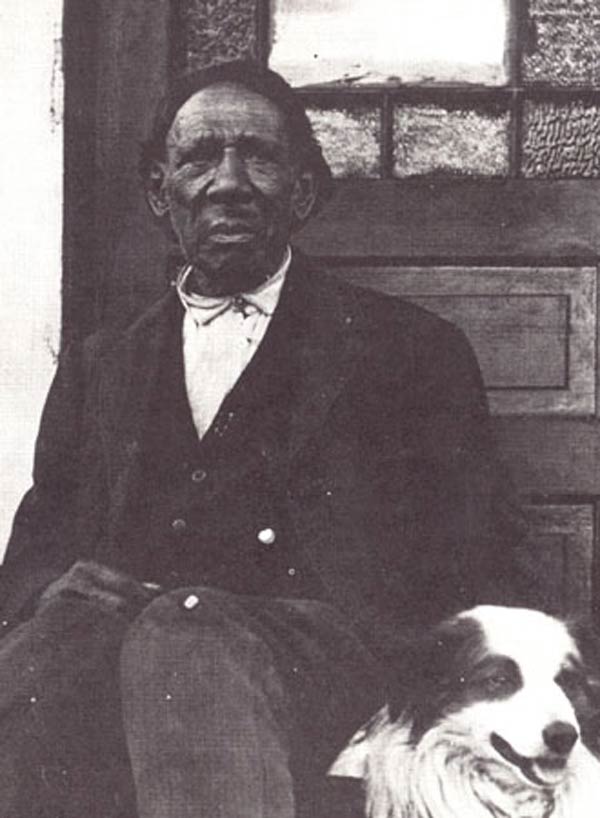
This week’s open threads will highlight history makers in one region of the country, the Pacific Northwest.

George Washington (August 15, 1817 – August 26, 1905) was the founder of the town of Centralia, Washington. He is remembered as a leading African American pioneer of the Pacific Northwest.
Born in Virginia, the son of a former slave and a woman of English descent, Washington was raised by a white couple named Anna and James Cochran.
When he was young, the Cochrans moved west, first to Ohio, then to Missouri. Washington became a skilled rifleman and taught himself to read. He was given full rights as a citizen, except for the right to vote, after the Cochrans petitioned the state of Missouri.
Fearing he might lose his freedom after the passage of the Compromise of 1850, Washington moved the Cochrans and himself over the Oregon Trail. Arriving in the Oregon Territory, they found he could not establish a claim land for himself because of his race. The family settled near the confluence of the Chehalis and Skookumchuck rivers, and the Cochrans claimed the land for the family in 1852. When Washington Territory was split from the Oregon Territory in 1853, the new territory’s statutes did not preclude African Americans from owning land, and the Cochrans sold their land to him for $6000. George cared for his adoptive parents for the rest of their lives, and later married newly divorced Mary Jane Cain Cooness, helping raise her son, Stacey.
Anticipating the arrival of the Northern Pacific railroad in 1872, Washington platted the city of Centerville on his land, naming the streets after biblical references and setting aside land for a park (now the site of the Carnegie Library) and churches of many denominations. The town was incorporated as Centralia, Washington, in 1886 after it was discovered that another town in the territory already bore the name Centerville. This made Washington the only black person to found a town in the Pacific Northwest.
Despite facing some racial prejudice at the hands of newcomers (many of whom migrated from the segregated post-Civil War south), George Washington supported many of the townspeople through the Panic of 1893, when the Northern Pacific went bankrupt and the town nearly collapsed. The town thrived in the boom started by the Alaska Gold Rush in 1898, and by the time he died in 1905 at the age of 88, Centralia had grown to a town of around 5,000 residents, who turned out en masse to honor him at his funeral. He is buried in the town’s Washington Lawn Cemetery.
The town has a number of memorials to its founder, including a large stone monument telling his life story in the city’s central plaza (a park donated by George and Mary Jane Washington, and known as George Washington Park.)
During a year-long celebration of his 200th birthday, volunteers built a bronze statue of George and Mary Jane Washington that was placed in George Washington Park in August 2018.
